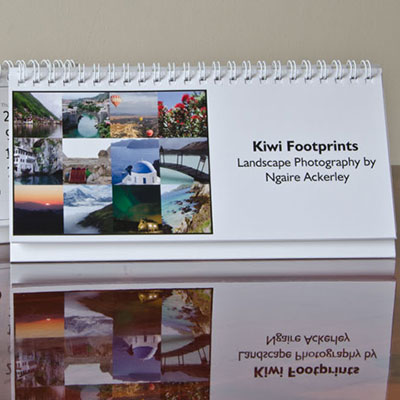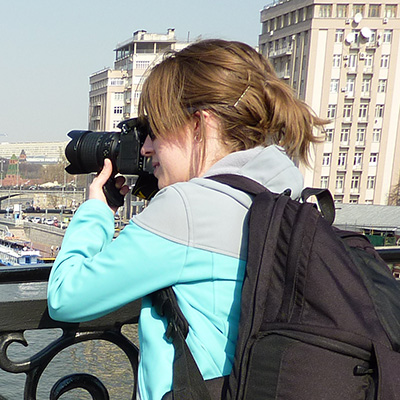Narrative Photography, Part 4: Photographic Inquiry
Posted on: 13 Dec 2012
Written by: Ngaire Ackerley
 Photographs can influence the audience to view something differently. It is not always an audience’s culture that determines how the photograph will be interpreted. Composing a photograph in a specific way or placing it in a particular context, even without computer manipulation, can change interpretation and how the audience will look at the photograph (Quan, 1979; Wells, 1996).
Photographs can influence the audience to view something differently. It is not always an audience’s culture that determines how the photograph will be interpreted. Composing a photograph in a specific way or placing it in a particular context, even without computer manipulation, can change interpretation and how the audience will look at the photograph (Quan, 1979; Wells, 1996).
Photographic inquiry looks into a broad sense of social aspects in particular cultures. It is separated into three sections: anthropological, normative and intuitive.
Anthropological Photography
Anthropological photography is considered truthful, where photographs are composed in a way that allows the audience to gain insight into something, like a window into the lives of people or events. Creating an ethos (background details to a narrative) of a photograph can help it become more significant of its narrative and have a stronger communication value.
Click the below links for examples of Anthropological Photography:
 Auschwitz & Birkenau Narrative Photographs
Auschwitz & Birkenau Narrative Photographs
 War in Bosnia & Herzegovina Narrative Photographs
War in Bosnia & Herzegovina Narrative Photographs
 Europe’s War Torn Past Narrative Photographs
Europe’s War Torn Past Narrative Photographs
Normative Photography
Normative photographic inquiry is said to resemble a mirror into lives and events (Quan, 1979). It displays common elements rather than differences. Images found in family photo albums are normative with the narratives behind these images tending to only relate to the family or individuals in the photographs, others may not understand them. Body stature and positioning can subtly reveal many details of a narrative in normative photography. These attributes are so common that they can be taken for granted and noticed without any great effort.
Intuitive Photography
Intuitive photography shows the photographer’s viewpoint, beliefs and insights heavily. Quan (1979) explains that intuitive photography “Focuses attention on the photographer’s unique insights into his or her would of feeling. In this sense, the viewer understands intuitive photography as having ‘opaque’ qualities, explicitly guided by the beliefs and biases of the photographer” (Quan, 1979, p.8). It creates opaque qualities because it is completely from the photographer’s point of view on the subject matter. Opaque photography may still be seen as original and idiosyncratic by seeking more information about the photographer himself than the message being communicated. Sometimes it is necessary for a photograph to be opaque, from a certain perspective to help guide the audience through it to gain the correct narrative interpretation (Quan, 1979).
Transparent Photography
In transparent photography the photographs are more real and raw. Images represent as much of reality in its true context or environment as possible. Police evidence photography shows the photographer as being silent, while the image depicts the truth as close as possible. Transparent photographs relate more to anthropological inquiry, whereas the intuitive photographs are more opaque (Quan, 1979).

Next Month: The focus is on composition and the specific techniques that help communicate a narrative well. This will include perspective, positioning and distance, as well as focus and colour and much more.
Last Month: Check out Narrative Photography, Part 3: Denotation, Connotation and Visual Semiotics
References from this post include:
Quan, R. H. (1979). Photography and the Creation of Meaning [Electronic Version]. Art Education, 32(2), 4-9. Retrieved March 9, 2008, from http://www.jstor.org/stable/3192343
Wells, L. (1996). Photography: A Critical Introduction 3rd Ed). London: Routledge.
« Back to Blog


